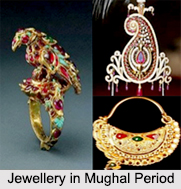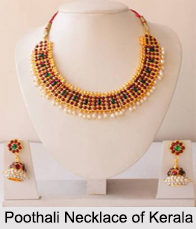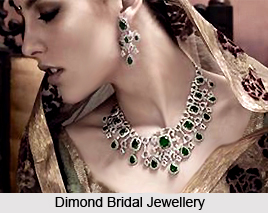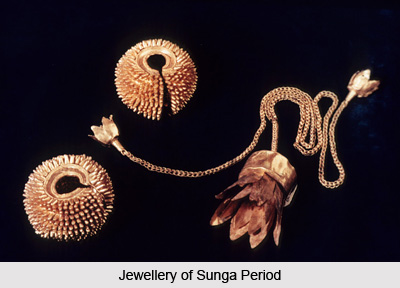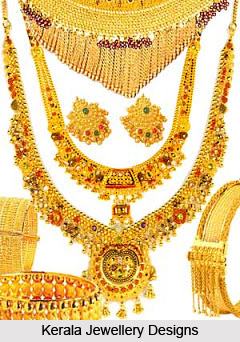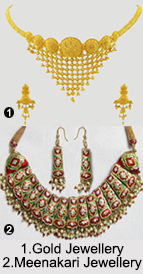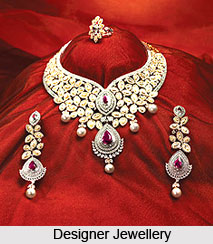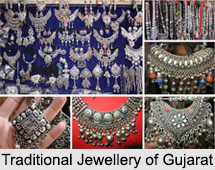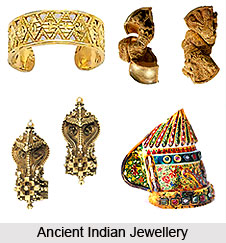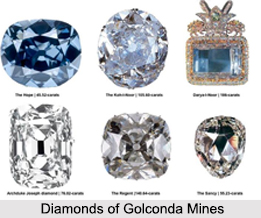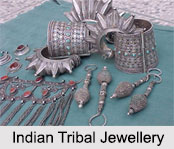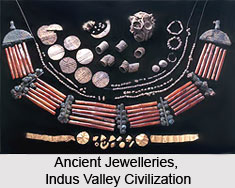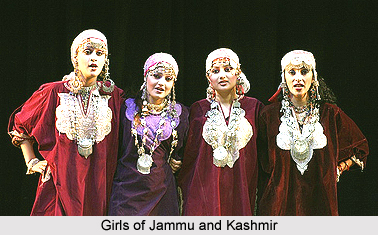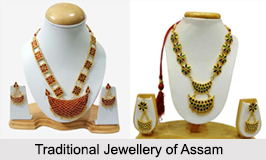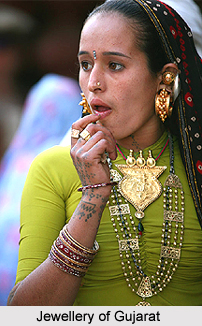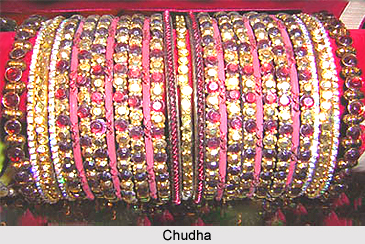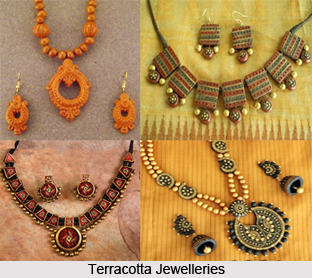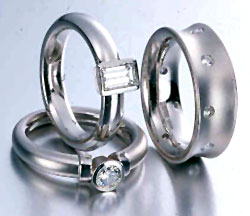 The platinum jewelleries have a long past and that dates back to more than 2000 years when the people of India used to create ornaments out of platinum. In recent times, platinum jewelleries have achieved much favour than gold ornaments. The demand of this metal in India market is increasing day by day.
The platinum jewelleries have a long past and that dates back to more than 2000 years when the people of India used to create ornaments out of platinum. In recent times, platinum jewelleries have achieved much favour than gold ornaments. The demand of this metal in India market is increasing day by day.
Platinum is a malleable, ductile, lustrous, silver-white and a chemically inactive metal. No other jewellery metal is as long lasting and wonderfully precious with its understated elegance and beautiful design. Platinum is harder, heavier and more valuable than gold, when polished or matt finished with a solitaire it looks great. Platinum is the rarest of all the precious metals making it always in vogue.
When scratched unlike gold none of the metal is lost it is just moved. Platinum is also wonderful for people with sensitive skin as its hypoallergenic properties make it available to wear to anyone. Its ability not to tarnish makes it one of the world"s strongest jewellery products. The platinum with which the jewelleries are made is of pure quality though sometimes cobalt, copper, ruthenium, palladium, and iridium are blended to obtain a desired property. The platinum jewelleries are preferred for diamond jewelleries and for slender designs. Care must be taken in case of polishing the platinum jewelleries for a long lasting shine of the metal.
This article is a stub. You can enrich by adding more information to it. Send your Write Up to content@indianetzone.com
